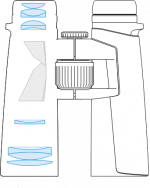Chosun Juan
Given to Fly

Lee thanks for the crumbs :t:
Details on the fixes would be nice :cat:
Perhaps the cynical cranky pants crowd could learn a thing or three if they paid attention to something other than petty sniping :storm:
Some of the optical details in this bin are very interesting :brains:
Chosun :gh:
Details on the fixes would be nice :cat:
Perhaps the cynical cranky pants crowd could learn a thing or three if they paid attention to something other than petty sniping :storm:
Some of the optical details in this bin are very interesting :brains:
Chosun :gh:





